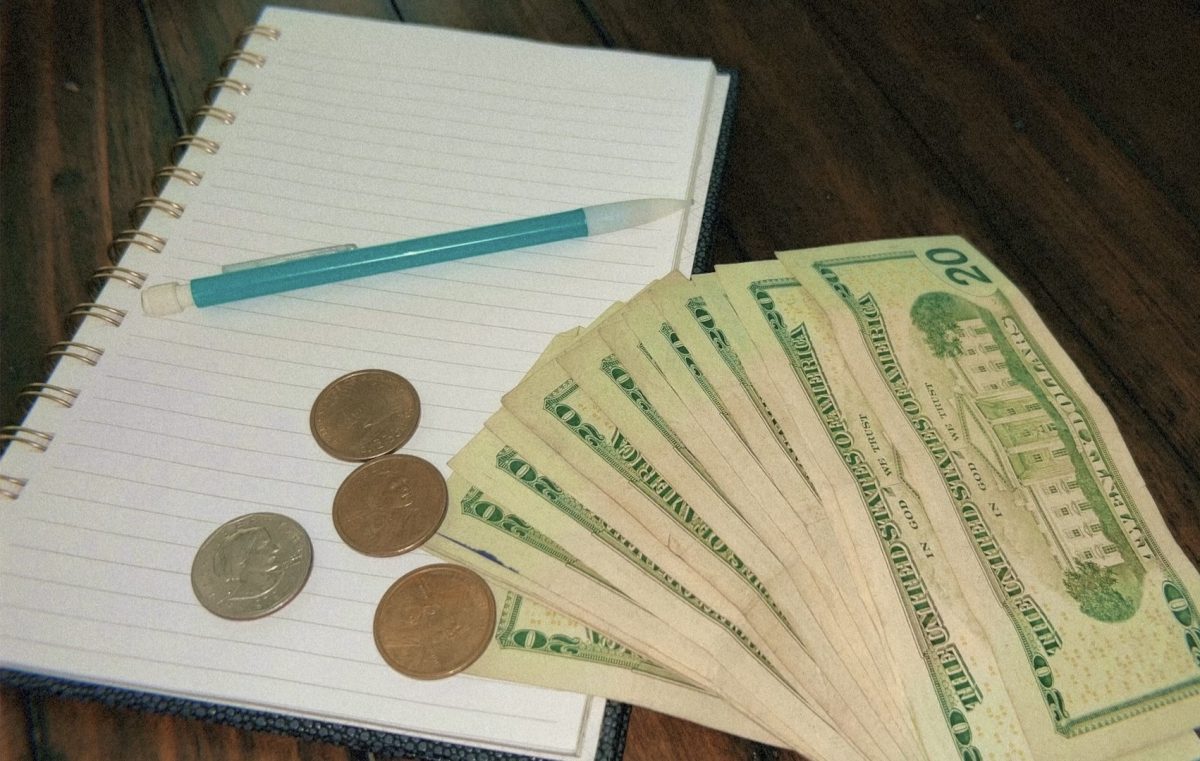As a human in this extremely expensive world, many find themselves spending way too much money on things that they don’t even need. Rising inflation rates and an increasing desire to purchase are a dangerous combo. As a teenager with little income and a strong desire for materialistic goods, I would say that I have a lot of experience in this department. Here are some of my realistically accomplishable tips to make sure that your bank account doesn’t go into the negatives.
The first order of business as a regular spender is establishing the difference between wants and needs. Before going into Target, it’s important to first consider what expenses may appear in the upcoming weeks. Even as teenagers, there are things that might cost money. Do you need to get gas soon? Are you planning on going out to dinner with your friends? Do you have to buy somebody a birthday present? All of these things are important to consider in order to prevent overspending by planning for the future. Needs automatically go to the top of the list, but other things that money is spent on can be ranked according to individual values. Would you rather have a new cute fall sweater or go to a concert? As sad as it is, we can’t have it all, and need to plan accordingly.
A common misconception as a working body is that making money means it should be spent. Especially with poor spending habits, paychecks can be dangerous because it causes people to think that they have room to spend money on things. In addition, people justify spending their money on rewarding themselves for the work that they do. While that is definitely important once in a while, it is not necessary for every paycheck. Imagine how good it’ll feel when you check your account in three months and have more money than ever. Set up a system where a percentage of the paycheck goes towards a savings account. I would recommend putting at least 30% of a paycheck into savings automatically. Especially as a teenager with not as many costs, it’s important to save for the future.
If a shopping spree does end up occurring, my biggest piece of advice is be as judgy as possible. Don’t go easy on the products you look at. Do you truly like the color? How often will you actually wear or use this? Is the price reasonable for the product? How good is the quality? If you end up buying something, you want it to be worthwhile. It is also vital to understand that the cheapest option is not always the best. While you may be saving now, you might not in the long run due to the poor quality of the item. Buying ten things off of Shein is not going to save you money when you will have to rebuy everything in a year because it fell apart. Don’t focus on the price tag so much, instead focus on the actual item and scrutinize it as much as possible.
A simple way to get quality products with a small price, however, would be to go thrifting. The amount of good things that can be found at the randomest places are unbelievable. Find some local thrift stores, and check them out. You may end up with a whole new wardrobe for a fraction of the price that you would normally pay. Plus, it’s a great thing to do with friends or family. There is nothing like digging through rows and rows of clothing, trying to find the perfect sweater.
Another simple and effective thing to do is find those dupes. As incredible as lululemon, free people, and dior are, there are items out there that are just as effective and a quarter of the price. Amazon is the motherland of dupes that sometimes look even better than the original product. It’s okay to not have everything be name brand, because you’re getting a much better price for the same thing. It’s more attractive to have money than clothing that made you broke.
One thing that can be done to protect yourself from your own spending addiction is to set boundaries and be intentional with what you’re surrounding yourself with. Unsubscribe from the emails that cause you to browse the website and buy the whole store. Don’t just go to the store to “look”, make sure you have an actual purpose and it’s one worthy of your time. Set time limits before purchasing things. For example, if you just bought a new pair of shoes, don’t allow yourself to buy something else for the rest of the month. This way, you can be intentional with your spending and limit the temptation overall.
By incorporating even just a few of these strategies, you might find yourself having a better handle on the amount of money you spend. Money management is something that definitely takes practice, but it’s an important thing to get the hang of sooner than later.



